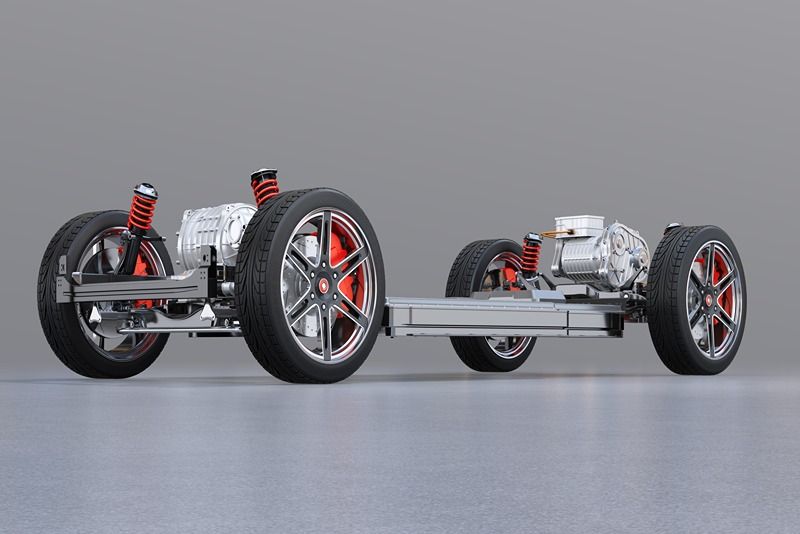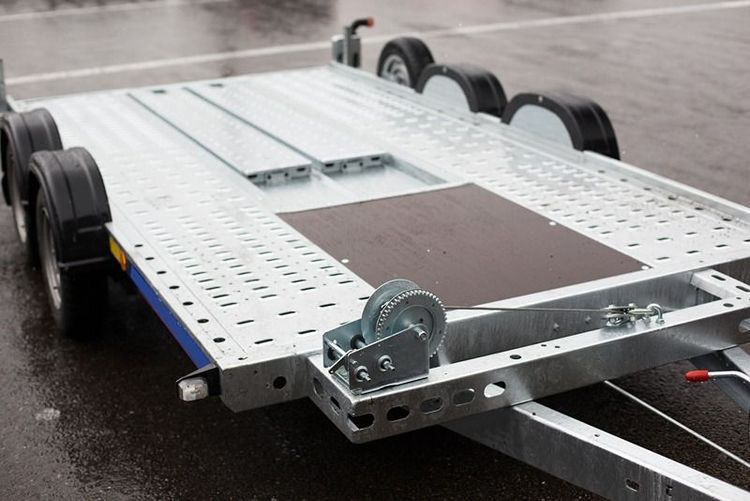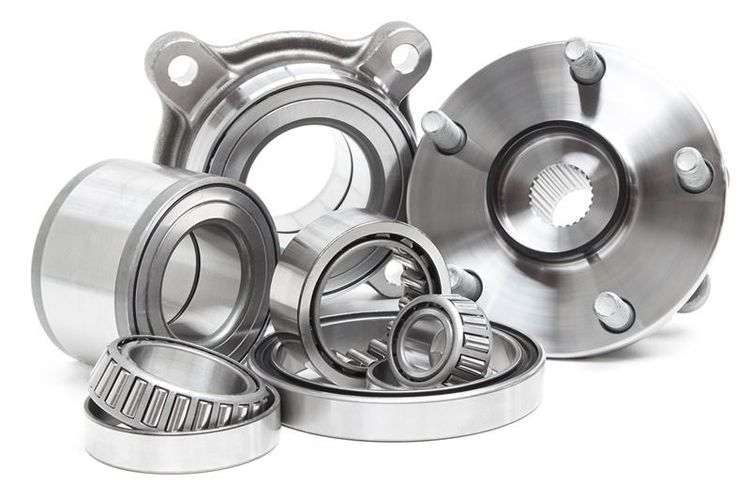The chassis is the backbone of any vehicle, providing structural support, load-bearing capacity, and safety. Steel continues to dominate in India as the material of choice for chassis manufacturing despite advancements in alternative materials like aluminium and composites.
This article explores the technical reasons why steel remains the preferred material for chassis manufacturing in India, focusing on its properties, adaptability, and relevance to the industry.
1. High strength-to-weight ratio
Steel offers a strong balance between strength and weight, making it ideal for chassis manufacturing. The chassis must support the vehicle’s load and resist deformation under dynamic conditions such as acceleration, braking, and cornering. Steel’s high tensile and yield strength ensures it can handle these stresses without compromising safety.
2. Cost-effectiveness
In the price-sensitive Indian automotive market, cost is a critical factor. Steel is more affordable than alternatives like aluminium or carbon fibre in terms of raw material costs and manufacturing processes. Its widespread availability and established supply chains in India further reduce procurement costs, making it the preferred choice for mass production.
3. Ease of fabrication
Steel’s ductility and malleability allow for complex chassis designs through well-established fabrication techniques such as welding, bending, and stamping. Indian manufacturers benefit from the infrastructure and expertise already in place for working with steel, ensuring efficient production without significant investments in new technologies.






 +91 7208055523
+91 7208055523
 Help & support
Help & support
